Packaging and labelling services
Packaging and labelling services
At KLIFO, we specialise in primary and secondary packaging, and clinical labelling for investigational medicinal products (IMPs), comparators and ancillary materials. We deliver ready-to-use patient kits—compliant, traceable, and tailored to the needs of your clinical trial. With rapid start-up, agile processes and expertise built on decades’ of CTS experience, we help you keep studies moving without compromising safety or quality.

What good packaging means in clinical trials
Good pack and label design delivers traceability of product to patient, protects product from damage, clears direct patients how and when to take their medicine, and allows clinical site staff to easily identify which clinical trial kit to dispense to each patient. In addition:
- Kit components must perform at the appropriate temperature range – for example, if a product requires frozen handling do packaging materials and label adhesives function as expected at these temperatures.
- Kit designs should minimise waste of valuable drug product.
- Kit designs should be flexible, and support ‘any patient, any country’ strategies.
- Good design should consider the entire clinical supply chain. For example, while a ‘standard’ off the shelf, oversized kit may reduce packaging material costs – how does it impact on logistics costs if it is larger than required?
KLIFO’s packaging and labelling service combine precision, flexibility and compliance to ensure that every patient receives the right treatment, at the right time and in perfect condition.
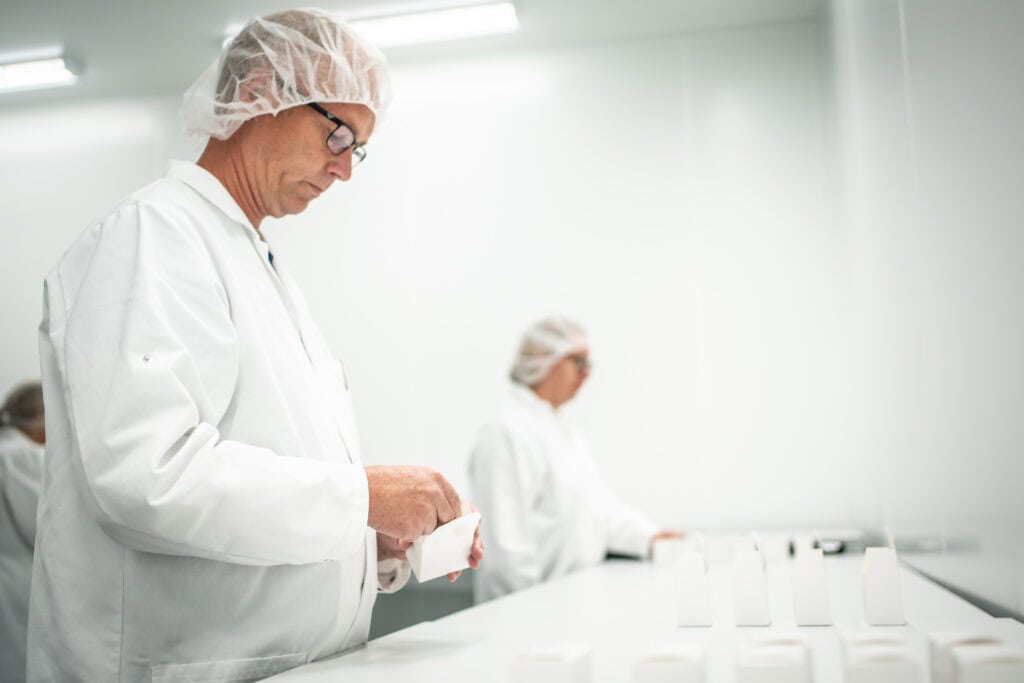
Reducing waste and timelines
The clinical supply chain often relies on limited, high-value inventory. KLIFO designs packaging strategies that reduce waste and maintain flexibility:
- Pack design to avoid unused partial kits.
- “Little and often” packaging so stock remains unlabelled and available to any protocol until demand is clear.
- Product pooling strategies that allow kits to be used across multiple trials by designing common kits suitable for multiple protocols, and delaying protocol-specific labelling until during the distribution process.
KLIFO’s approach to packaging strategy helps ensure maximum utilisation of limited drug inventory.
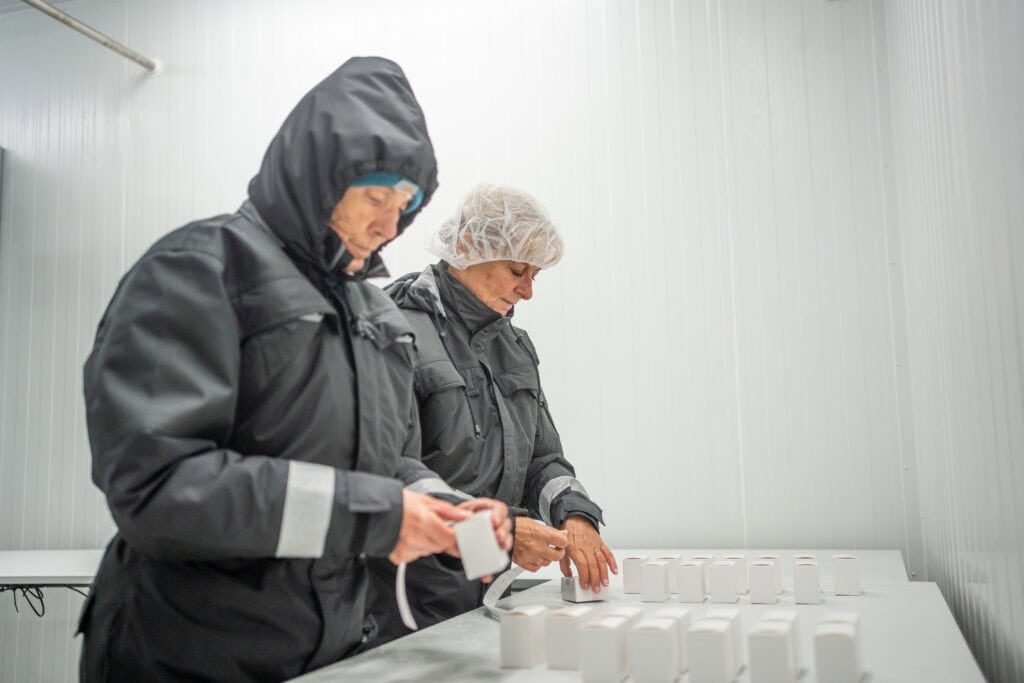
Temperature and light controls
Modern biologics and advanced therapies demand sensitive handling. Our packaging facilities are purpose-built to manage:
- Low-intensity light for packaging of light-sensitive products.
- Packaging of controlled room temperature (15–25 °C), refrigerated (2–8 °C) and frozen (−20 °C)
- Packaging of ultra-frozen (−80 °C) products over dry ice using a robust, validated procedure.
Guidance through every phase
Packaging strategies and services adapt to evolving needs as products progress through clinical development. While multi-lingual labelling capabilities and expanded packaging capacity may be less important to a Sponsor with a single-country Phase I trial, availability of these services allows the Sponsor to stay with the same partner as their needs grow.
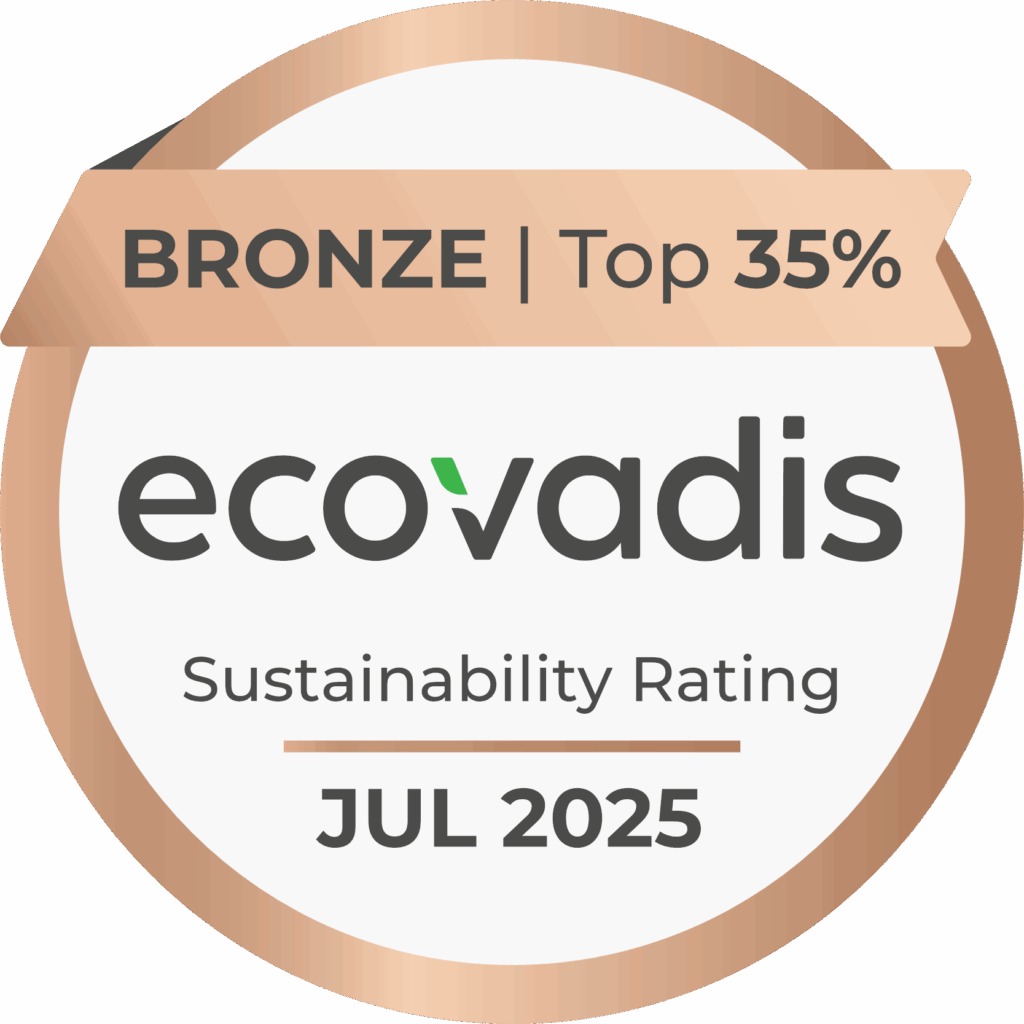
Sustainability in practice
KLIFO minimises environmental impact without compromising quality:
- Automated detection systems reduce power consumption to packaging rooms when activity is low.
- Energy-efficient “facility-in-facility” design helps avoid excessive energy consumption to maintain packaging temperature during extreme weather conditions.
- Packaging strategies designed to minimize wasted drug product and packing materials.
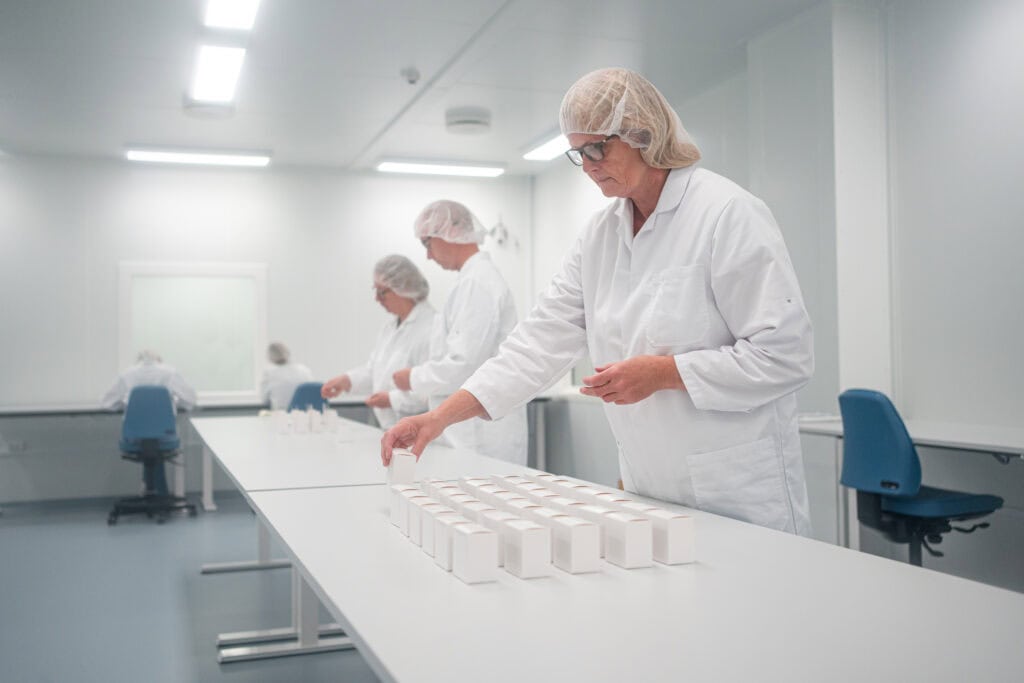
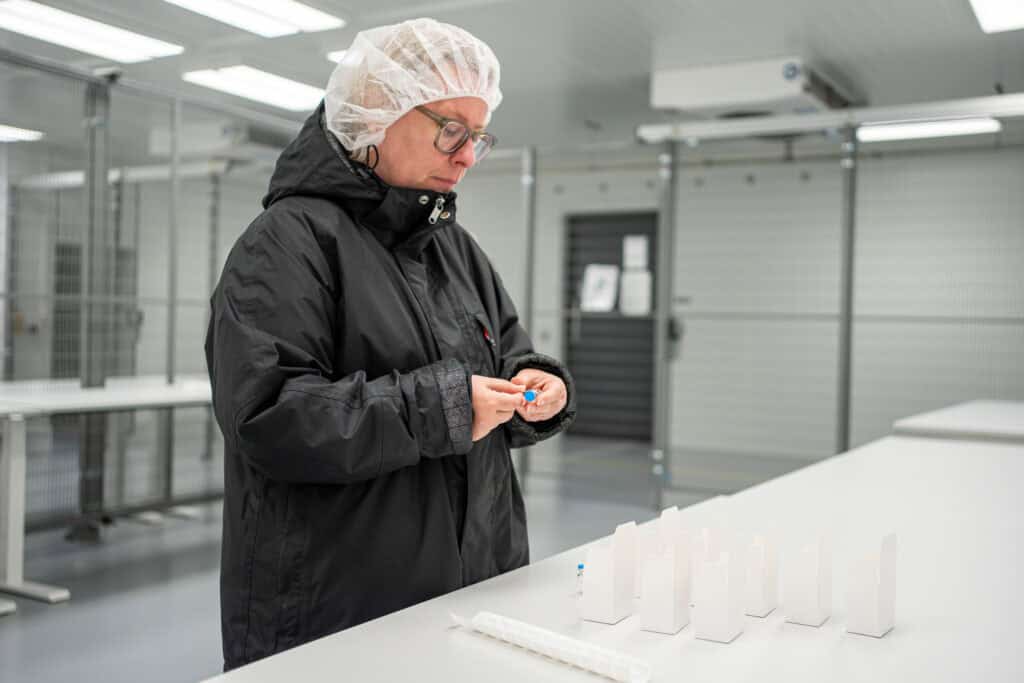
Why clients choose KLIFO
- KLIFO is not a traditional CTS provider. Our project start-up timelines are measured in days, not weeks.
- Agility – KLIFO quickly adapts to changes in clinical trial plans such as addition of new countries, label amendments or inventory limitations.
- Specialised capabilities – proven expertise in refrigerated, frozen and light-sensitive packaging.
- Highly experienced project managers and packaging experts guide each project.
- Transparent communication – proactive updates, clear risks and no surprises.

A typical journey with us
From first scoping call to patient-ready kits, our process is streamlined.
- Supply strategy agreed with clients, captured in a project plan.
- Pack design aligned with protocol and patient needs.
- Rapid packaging and labelling execution.
- Scale and experience of QA/QP team ensures documentation review and release do not become bottlenecks in the packaging process.
- Released, packaged kits available for global distribution.
- Final project close out, including full reconciliation of all drug product and labels.
What should I consider when deciding between a traditional campaign-based and a demand-led/JIT packaging strategy?
Campaign-based packaging delivers some economies of scale. When combined with pack designs (e.g. multi-lingual labelling) that maximise flexible use of inventory globally, it remains the approach of choice for most clinical trials.
Demand-led strategies, at least in terms of operational costs, are more expensive. All packaging operations require the same activities regardless of their size – room set-up, batch record completion and review, release. Performing these activities daily/weekly for the duration of a trial, as opposed to only occasionally during periodic packaging campaigns can drive higher packaging costs.
However, if product is high value, the same inventory is shared across multiple protocols, aggressive start up times are required, or there is a high likelihood that pack/label requirements (e.g. expiry updates, adaptive trial designs) will change over the course of a trial, a demand-led approach can actually be more cost effective.
How do you ensure traceability through the packaging process?
KLIFO’s processes and technology support full lot genealogy reporting – in other words, the ability to confirm which batch of bulk input product was used in each kit. Working with sponsors, CROs and technology providers (e.g. IRT/RTSM) this traceability can be supported to a patient level.
Why do you recommend packaging cold chain products under refrigerated or frozen conditions?
During early development, clients often lack temperature excursion data for their products to support handling outside of their established storage temperature range. Similarly, if a client is using a comparator product, it is highly unlikely they will possess excursion data for the comparator product. In the absence of evidence of allowable excursions, regulations mandate that product must be maintained within its established temperature range throughout the packaging process.
Even when clients have data to support temperature excursions, these are often time limited. Our recommendation is that allowable excursion time is not consumed during controllable processes such as packaging, but is reserved for activities when temperature is more difficult to control such as during transit, during receipt at a clinical site, or after it has been dispensed to a patient.
How do you minimise waste?
KLIFO can help minimise waste through several approaches.
Designing sourcing and packaging strategies that avoid pre-buying or pre-packaging drug that will expire before it is used.
Advising on pack designs that minimize wasted drug resulting from ‘part used’ kits.
Use of multilingual labels to ensure any kit can be used in any country in a clinical trial. Working with clients to ensure back up countries are included in the original booklet label if possible.
Through application of demand-led, just-in-time packaging, and product pooling strategies.
Minimising the risk of product loss due to temperature excursions during the packaging or distribution process.
Working with clients to design and scope, and ongoing management of, technologies that can help reduce overage and waste (e.g. IRT/RTSM, Simulation and Forecasting systems).

